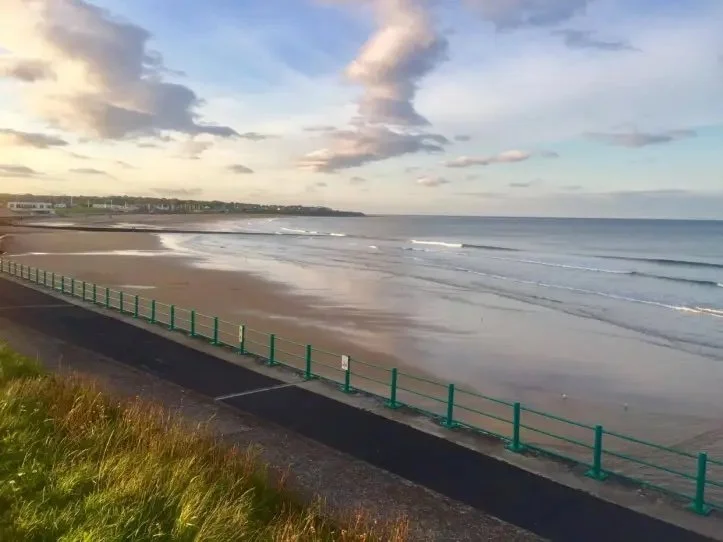Redefining the deep-sea
CEO of Armatus Oceanic, Professor Alan Jamieson is awarded an OBE
Facing eco-anxiety: perspectives & wisdom from those making a change
We Visit The Hadal Zone with Composer Zibuokle Martinaityte
The North East is making waves in ocean conservation
The Deep-Sea Podcast sees further success
What does a deep-sea company from the North-East of England and Avatar 2 have in common?
A new small blue fish changes our understanding of the world’s deepest fishes
“We have been wondering for some time just what makes this type of fish so good at living deep. Maybe it was a series of lucky accidents, a chance fluke, that happened in one lineage. Finding this new species tells us that it’s bigger than that. Lightning struck twice and there is something special about this Family.”
- Dr Thom Linley: Armatus Oceanic Ltd., NCL visiting researcher, host of The Deep-Sea Podcast
Read the full published article here
Deep-sea trenches are the deepest parts of the world’s oceans, extending beyond 6,000 m depth into what we call the hadal zone. These trenches are inhabited by a family of fishes called the snailfishes (Liparidae if you’re fancy) that seem particularly good at living deeper than other fish. Snailfishes do not conform to the stereotype of the alien and monstrous deep-sea fish, these animals appear social and even cute. The snailfishes they are the fish champions of the hadal zone.
We currently know of roughly 15 species of hadal snailfish inhabiting the deep-sea trenches, although more are being found all the time. Most snailfishes are found only in a single trench, completely isolated in their hadal home, but some trenches have as many as three different species.
Paraliparis selti sp. nov. holotype, 6714 m, Atacama Trench. 83 mm total length, 75.9 mm standard length. a) Freshly recovered. b) Changes to anterior profile following preservation in 4% buffered formaldehyde and transfer to 75% ethanol
Until now, all the snailfish species that we have genetic samples for have been linked to a common ancestor. Time and time again, a single lineage of snailfishes colonised a deep-sea trench, became isolated, and over time became a separate species.
Their success at greater depths may have been a fluke, a fortunate combination of traits in this particular lineage, but a recent discovery shows that lightning struck at least twice.
“Studying deep-sea trenches gives us the chance to challenge the limits of our technology and to understand the limits of life.”
- Dr. Mackenzie Gerringer, Assistant Professor of Biology at the State University of New York at Geneseo
In 2018, an international team of scientists studied the Atacama Trench, an expansive trench that runs along the west coast of South America as a deep underwater valley, the negative of the Andes Mountains. We deployed free-falling landers to sample the sparse deep-sea creatures, gathering them around cameras and traps with bait. Two lander systems from Newcastle University recorded three types of hadal snailfish and one of these things was not like the others.
a) Atacama Trench along the west coast of South America, where the white box indicates the position of b. b) Locations of lander deployments. White dots represent sites where P. selti sp. nov. was not observed, the black dots are where P. selti sp. nov. was observed, and the yellow triangle indicates where the holotype was recovered. The 6000 m depth contour marking the hadal zone is shown in black in a and b, and 1000 m isobaths are shown in grey in b. Bathymetric data from GEBCO (2015).
The small blue fish, seen from about 6,000 to 7,600 m deep, doesn’t look like other hadal snailfish; It has large eyes, a striking colour and resembles other species of snailfishes that you would find living in much shallower waters. The team used a 3D x-ray technique called microcomputed tomography (micro CT) and genetic barcoding to see where the new species fits within the snailfish family.
Anterior morphology of preserved P. selti sp. nov. MNHNC ICT 76227, external left, internal micro-CT scan structure right: a dorsal, b lateral, and c ventral surfaces. Oral jaws (premaxilla and dentary) are highlighted in lilac, upper pharyngeal jaws in green, otoliths (saggittae large, lapilli, and asterisci also shown) in blue, and branchiostegal rays in red. Some low-density bone structures such as the neurocranium are present in the specimen but not shown at this density threshold. The scaleb bar represents 5 mm.
To the team's surprise, the new species appears to be a separate and more recent addition to the deep ocean trenches. The new species belongs to the genus Paraliparis. Species in this genus are particularly abundant in the Southern Ocean of the Antarctic but are rarely found deeper than 2,000 m. Significantly, this is the first time this genus has been found living in the hadal zone. The team named the new species Paraliparis selti, meaning blue in the Kunza language of the indigenous peoples of the Atacama Desert.
Bayesian tree showing the position of P. selti sp. nov. within the liparids using the COI barcoding region (a) with corresponding depth distributions compiled from FishBase and cross-referenced in the primary literature (b;Table2). Bayesian posterior probabilities and Maximum- likelihood bootstrap supports are shown on branch nodes.
The new species may have evolved from the cold adapted species of the Southern Ocean. This little blue fish opens up new questions about the relationship between cold temperature and high pressure adaptation and gives new understanding how and when life went deep.
Together, Paraliparis selti from the Atacama Trench is a reminder of the unique diversity still yet to be discovered thriving in the deepest parts of our ocean.
Lateral view of P. selti sp. nov. MNHNC ICT 76227. a In situ at 6714 m (the deployment of recovery, 21.74162 °S, 71.25775 °W); b freshly recovered; c post-preservation in ethanol; d 3D rendering of the X-ray micro-CT data.
“Paraliparis selti provides a fantastic opportunity to explore what allows fish to live so deep. If we only had a single lineage to study, we could never be sure which traits were just part of that lineage and which are the deep-sea secret sauce.”
- Dr Thom Linley: Armatus Oceanic Ltd., NCL visiting researcher, host of The Deep-Sea Podcast
Authors:
Thomas D. Linley (1, 12), Mackenzie E. Gerringer (2), Heather Ritchie (3*), Johanna N. J. Weston (1), Amy Scott-Murray (4), Vincent Fernandez (4), Jhoann L. Canto (5), Frank Wenzhöfer (7, 8), Ronnie N. Glud (6, 9, 10), Alan J. Jamieson (11).
Newcastle University, School of Natural and Environmental Sciences, Ridley Building, Newcastle-upon-Tyne, NE17RU, UK.
State University of New York at Geneseo. Geneseo, NY 14454. USA.
Japan Agency for Marine-Earth Science and Technology (JAMSTEC), 2-15 Natsushima, Yokosuka, Kanagawa 237-0061, Japan
Imaging and Analysis Centre, The Natural History Museum, Cromwell Road, London, SW7 5BD, UK
Jefe de Área Zoología Vertebrados, Museo Nacional de Historia Natural, Santiago, Chile
Nordcee and HADAL, Department of Biology, University of Southern Denmark 5230 Odense M, Denmark
HGF-MPG Group for Deep Sea Ecology and Technology, Alfred Wegener Institute Helmholtz Center for Polar and Marine Research 27570 Bremerhaven, Germany
HGF-MPG Group for Deep Sea Ecology and Technology, Max Planck Institute for Marine Microbiology, Bremen 28357, Germany
Department of Ocean and Environmental Sciences, Tokyo University of Marine Science and Technology, Tokyo 108-8477
Danish Institute of Advanced Study, University of Southern Denmark, 5230 Odense M, Denmark
Minderoo-UWA Deep-Sea Research Centre, School of Biological Sciences and Oceans Institute, The University of Western Australia, IOMRC Building M470, 35 Stirling Highway, Perth, WA 6009, Australia.
Armatus Oceanic, Tyne Subsea, National Centre for Subsea and Offshore Engineering, Newcastle upon Tyne NE28 6DA, UK
*Current address: RZSS WildGenes, Royal Zoological Society of Scotland, Edinburgh, UK
The Deep-Sea Podcast Reaches Global Success!
Article originally published in DOSI’s Deep-Sea Life magazine, Issue 19, August 2022
Read the original article here
The Deep-Sea Podcast has grown steadily over the last two years and has just cracked the top 3% of global podcasts!
Charting under Life Sciences in the UK, USA, Canada, Australia and Germany. What started out as a lockdown project, is an attempt to bring the real deep-sea to more and more people... whilst having fun on the way. The show hosts a range of incredible guests, from researchers and artists to film directors and royalty, all with one common thread – a fascination for the deep-sea.
Hosted by Thomas Linley and Alan Jamieson, with regular guest Don Walsh (pilot of the first dive to Challenger Deep and all-round oceanic-legend), the show keeps you up to date, providing commentary on the latest deep-sea discoveries and tales of life at sea - without taking things too seriously. The show acts as a bridge, putting creatives in touch with collections to meet their inspirations, connecting specialists from other sectors with members of the deep-sea community, and involving the public in scientific contributions. There’s also been a surprising amount of consultancy given on biological accuracy for tattoo designs.
In an age of misinformation and mistrust of science, the show aims to show the human side of scientists. Not a cold ivory-tower elite but passionate people working hard. Whilst not perfect, co-host Thom Linley considers it one of the most rewarding outputs of his career. It’s been a fun ride so far, with only more adventures to come, so tune in to your favourite podcast provider and get in touch!
Email - podcast@armatusoceanic.com
Instagram - @DeepSea_Podcast
Twitter - @DeepSeaPod
Facebook - @DeepSeaPodcast
'Discover the Deep' opens at Dynamic Earth
Last week the Armatus Team were invited to the opening of the new ‘Discover the Deep’ exhibition at Dynamic Earth in Edinburgh. We loaned several specimens from our collection for the exhibit and as educational resources in the ongoing outreach programme in schools and at events. They had just returned from visiting schools in Aberdeen. Our collaboration with Dynamic Earth extends even further back. We provided images and educational content for their open-air exhibit during lockdown. We were all excited to see the completed exhibit and how the team at Dynamic Earth had communicated the deep-sea to a wider audience.
Caladan 2020 and Ring of Fire
The Ring of Fire Expedition blends science, exploration and tourism. It is due to take place in 2020 and will comprise an extensive series of submersible dives to the deepest point on Earth, Challenger Deep, followed by a series of dives at locations of scientific interest elsewhere in the Mariana Trench. Alan Jamieson will be Chief Scientists on the Expedition and take part in these dives.
The Red Sea Expedition in February 2020 was a series of baited lander and manned submersible dives to the brine pools of the Red Sea. In collaboration with KAUST, the team completed 11 lander deployments and three sub dives to the Kebrit, and Suakin Brine Pools. Alan Jamieson was Chief Scientists on the Expedition and completed dives to the bottom of the Puerto Rico, Java, Mariana trenches, and the Molloy Deep in the Arctic.












